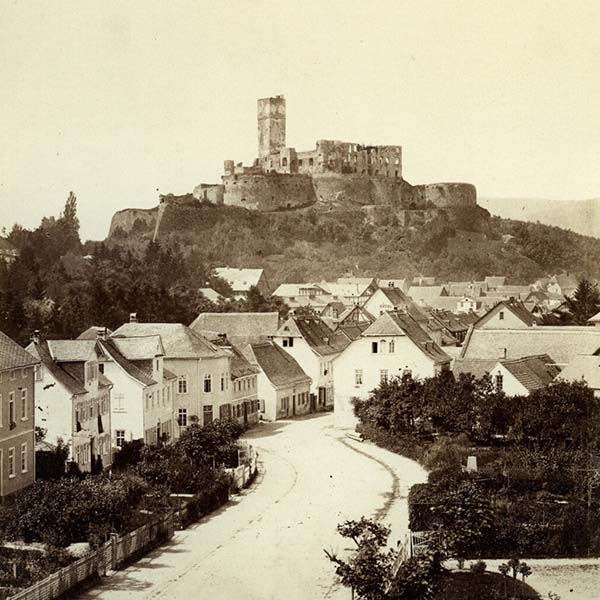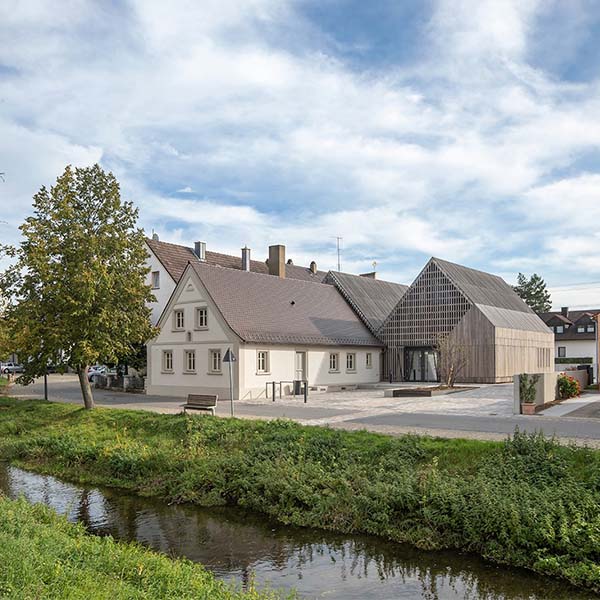Special exhibition 2022
Inside Hesse’s Attic. Collectables or Junk?

Everyday culture involves everything we use and do. Evidence of daily life can be found in our personal possessions, at work, down in our basements and up in our attic. Some things become obsolete, while others retain their value over generations.
The Hessenpark Open Air Museum’s collection contains approximately 200,000 objects and is an archive of everyday culture. This exhibition offers an insight into the diversity of the objects and also focuses on their scientific processing. How do restorers determine the age of a building? What should be collected next? These and other questions will be answered in the exhibition.
April 3 – November 27, 2022, Stable Barn from Asterode
New Light. Early Photography in and around the Taunus

In 1839, Daguerre and Niépce went public with the very first photography process. Fox Talbot made it possible to duplicate these unique prints by making copies from the negative. With the introduction of the wet collodion process in 1851, it was possible to produce negatives on glass. Whilst enlargements were initially salt paper prints, they were printed on albumen (egg white) paper from around the 1860s onwards.
Early photographers from the region like Carl Friedrich Mylius from Frankfurt often photographed townscapes and landscapes. This exhibition showcases photographs from the period taken around Germany’s Taunus mountains, spanning from Marburg to Darmstadt and Wiesbaden to Gelnhausen. Also on display is early portrait photography as well as the technology in use at the time, including the sliding-box and cartes-de-visite cameras.
March 13 – November 27, 2022 House from Gemünden (Wohra) / Photography House
IT’S NICE HERE. ARCHITECTURE IN THE COUNTRY

IT’S NICE HERE. ARCHITECTURE IN THE COUNTRY
The project is being generously supported by the German Federal Ministry of Food and Agriculture.
Rural regions and their architecture receive far too little attention. This exhibition sets out to change that. A wealth of realized projects demonstrate what high-quality architecture awaits discovery in the countryside. Where architecture can contribute much to the good life. Houses, office and agricultural buildings, workshops, converted barns, inns, village stores, vineyards, hotels, museums, concert halls, libraries, chapels, sports venues, and public transportation facilities, schools and town halls all visualize this strikingly. The show’s geographical emphasis is on Germany, Austria, and Switzerland, but it also showcases exemplary projects from elsewhere in Europe. The exhibition is rounded out by highlighting regions and places where architecture has played a special role in their overall development, be it as they grew or as they contracted. In-depth considerations of the how construction projects are realized, of the key building typologies, and of infrastructure provide answers to the question: What can we learn from architecture in the countryside?
March 27, 2022 – April 2, 2023, Farmstead from Emstal/Sand



